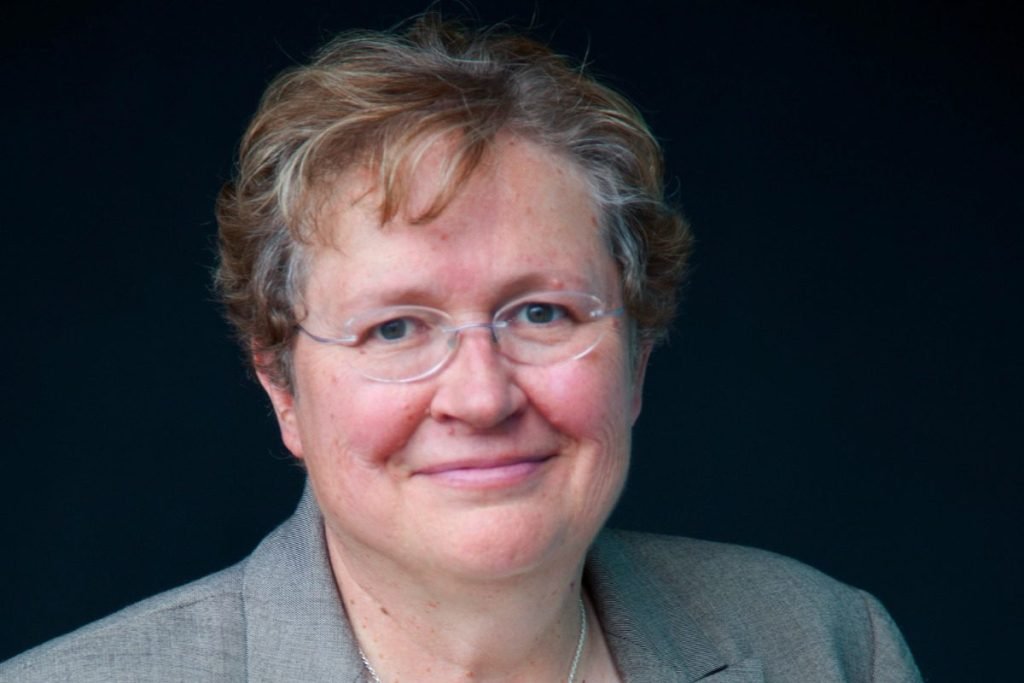One polling place in Supai Village, Coconino County, is not accessible by road.
Flagstaff, about 150 miles north of Phoenix, will be the site for counting all of Coconino County's votes in the November general election, under County Recorder Patty Hansen, who oversees the 2024 elections in Arizona's northernmost county.
“We take this very seriously and I want everyone to understand that we don't care who wins, as long as they win by a large margin. We hate a recount,” she said with a smile.
Arizona has a decentralized election system, which means each county has its own elections board, registrar and chief elections official who oversees mail-in voting, early voting, Election Day voting and vote counting.
As Coconino County Recorder, Hansen is responsible for voter registration and early voting. Her office also screens all mail-in ballots and verifies voter identities before the ballots are officially counted.
Her position is elected, and Hansen has held her seat consistently since 2012. It's clear that she cares deeply about the job.
“We do this because we believe in our country and our democracy and people's ability to vote,” she said, “and we know in our hearts that our country is strongest when every voice is heard.”
That's no easy task. Coconino County occupies about 20 percent of Arizona's land area but is home to just 2 percent of the state's population. It stretches from the Navajo Reservation in the east to the Hualapai Indian Reservation in the west and from Page to Sedona in the north.
It takes more than two hours to travel from Page to Flagstaff, and one of the county's polling places, in the village of Supai, isn't even accessible by road.
“We have two county employees coming in to help run the election, and they're flying in and out by helicopter and staying in a lodge on-site,” Hansen said.
The county also must reach out to Native American voters on the Hualapai Indian Reservation and the Navajo Nation, who can have difficulty translating spoken language into written form.
“These are both oral languages,” Hansen said, “and they're not traditionally written, so it's primarily older voters who need language translation services because they don't necessarily read Navajo or Hopi, and you can't mail them an interpreter.”
So Outreach And then the training begins.
After polls close on Election Day, poll workers work with the sheriff's office to transport ballots to a central counting center in Flagstaff, where it is not uncommon for ballots to arrive in the middle of the night.
From there, anyone Live Feed The ballots are being counted.
Hansen said the challenges of administering elections are very different from, for example, politicized challenges such as foreign nationals voting.
“I asked [people] “Please tell me the name of that person,” Hansen said. “I've been in election administration for 37 years and I've never seen evidence of that.”
The real issues, she said, include training poll workers, ensuring distance between the central counting center and polling places, and providing decent voting conditions for people whose first language is not English.
“Election officials need to train poll workers, and the most effective training is in person,” Hansen said. “So it's a huge undertaking to schedule everything across the county and deliver voting supplies on Election Day.”
See who's on your ballot hereCheck your voter registration here.
-
Robert Gundlan grew up in the Southwest and has spent equal time in the Valley region and Southern California throughout his life. He graduated from Arizona State University's Walter Cronkite School of Journalism in 2018 and has written for The Arizona Republic and the Orange County Register.
View all posts
















